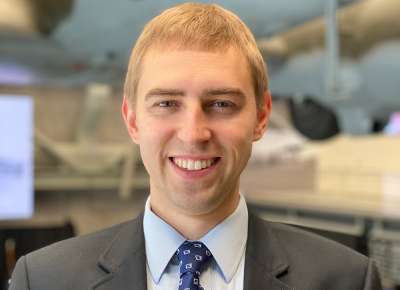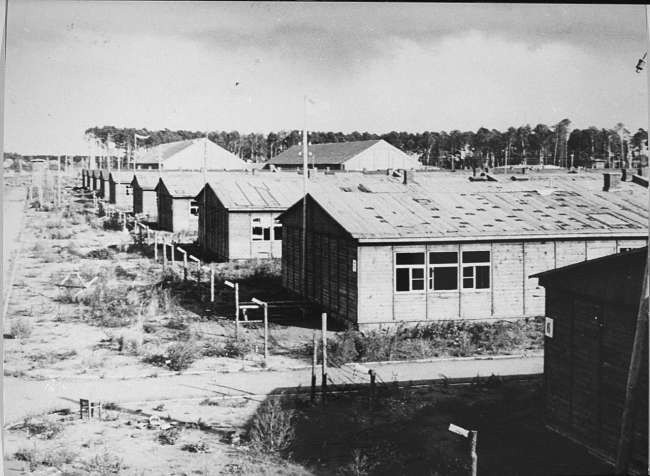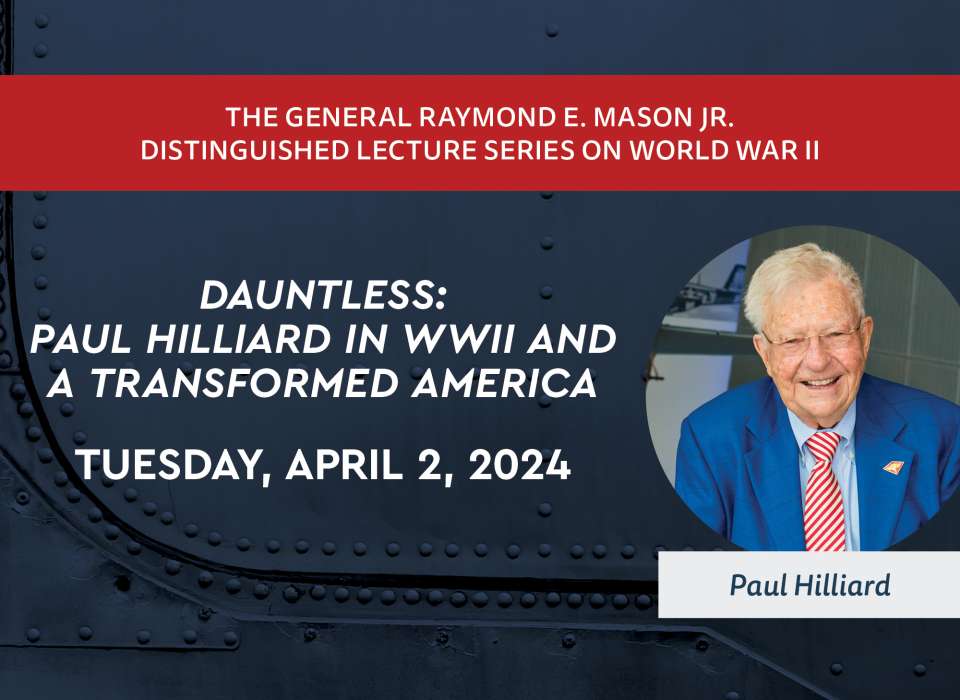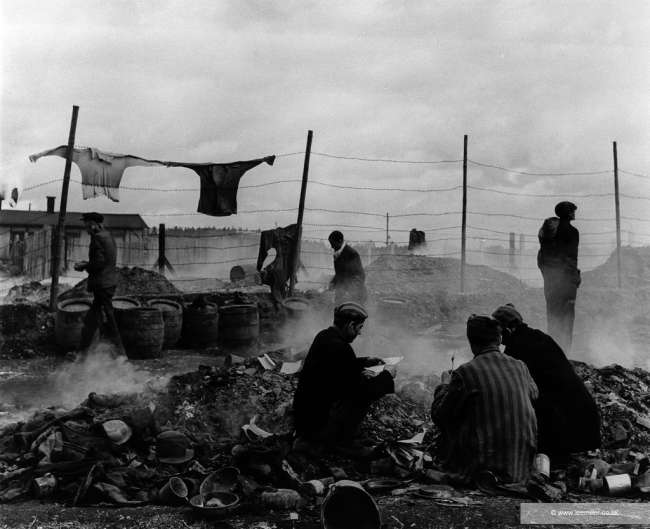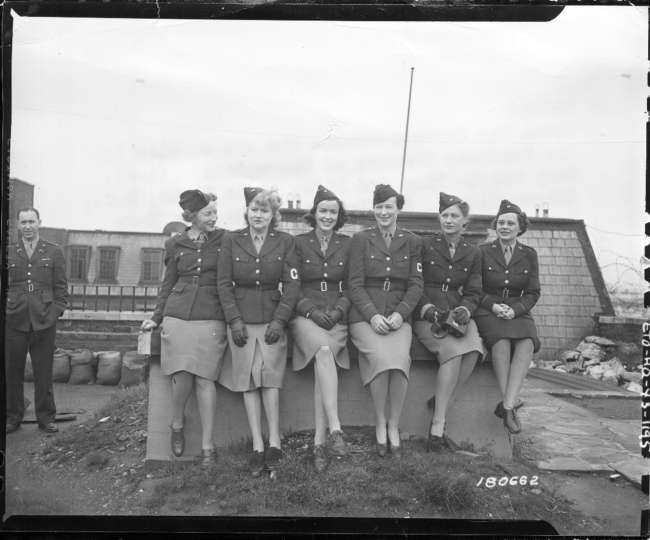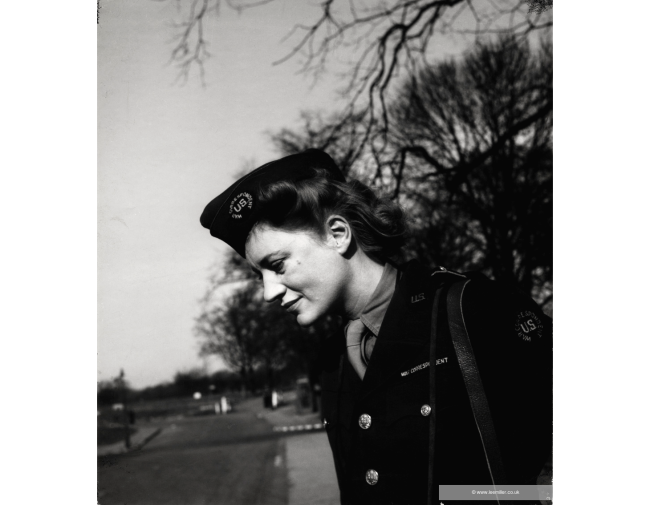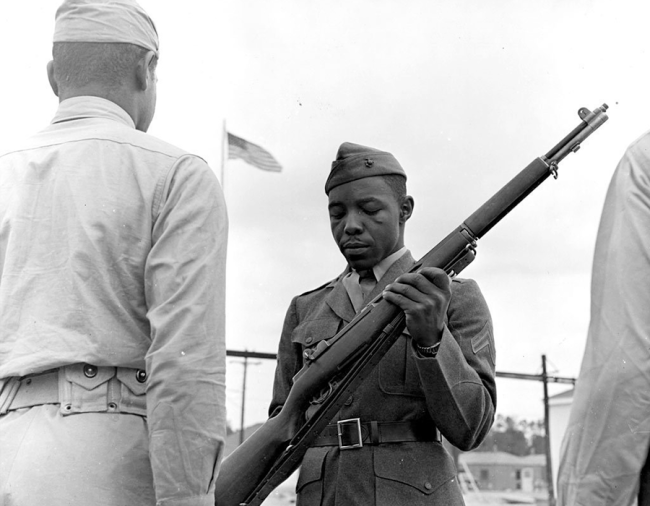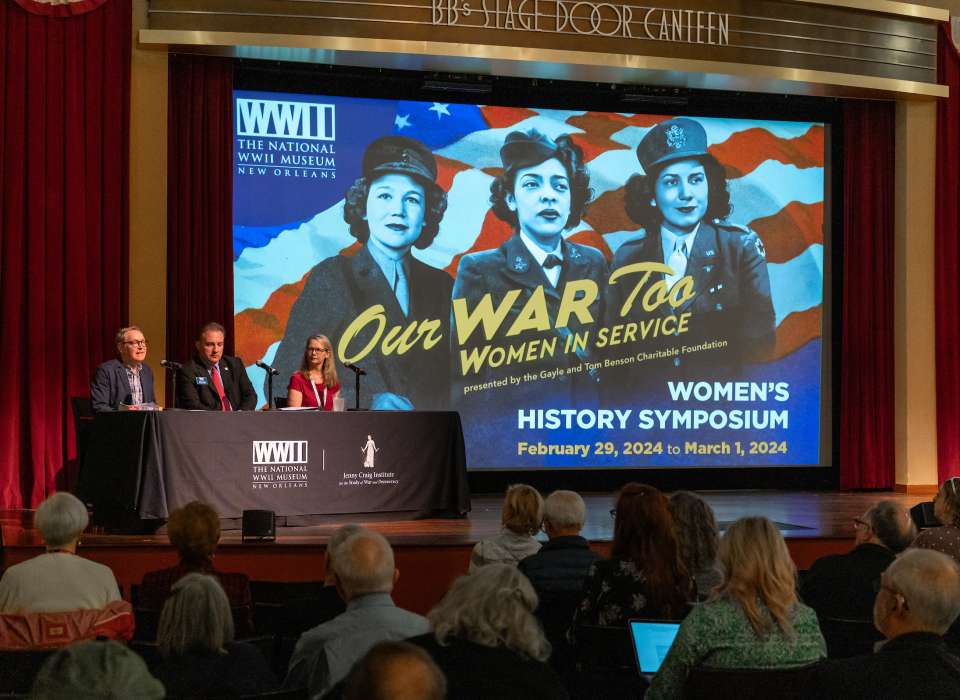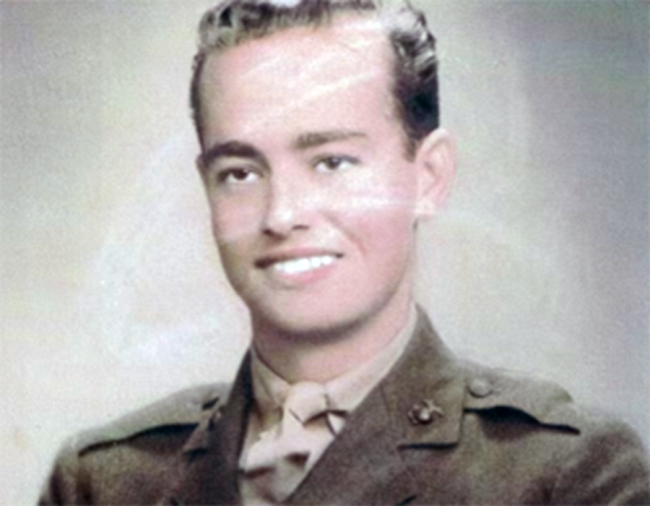Top Image: Nazi defendants at the International Military Tribunal in November 1945. Courtesy National Archives and Records Administration.
On October 18, 1945, the opening session of the first international war crimes trial in history took place in Berlin, Germany. Unable to find a suitable venue in the destroyed Nazi capital, the court soon moved to the city of Nuremberg (Nürnberg) in Bavaria, where the highest profile cases were heard in the aptly named Palace of Justice between November 20, 1945 and August 31, 1946. Over the course of nine months, the International Military Tribunal (IMT) indicted 24 high-ranking military, political, and industrial leaders of the Third Reich. It charged them with war crimes, crimes against peace, crimes against humanity, and conspiracy to commit these crimes. Although many prominent Nazis, including Field Marshal Walter Model, Joseph Goebbels, Heinrich Himmler, and Adolf Hitler, committed suicide before they could be tried, the list of defendants at the trial included Admiral Karl Dönitz, Minister of the Interior Wilhelm Frick, Field Marshal Wilhelm Keitel, and Governor-General of Occupied Poland Hans Frank.
The tribunal in Nuremberg was only the first of many war crimes trials held in Europe and Asia in the aftermath of World War II, but the prominence of the German defendants and the participation of all of the major Allies made it an unprecedented event in international law. After World War I, many people in the Allied countries had called for Germany’s Kaiser Wilhelm II to be tried as a war criminal, but the Treaty of Versailles made no provision to hold individual Germans accountable for their actions during that earlier conflict. The IMT was the first time that international treaties concluded among states were used to prosecute individuals. The tribunal was therefore an intentional break with the past necessitated by the unfathomable scope of Nazi Germany’s crimes.
When the judges rendered their final verdicts on October 1, 1946, 12 of the defendants were sentenced to death, three were acquitted, and the rest received sentences ranging from 10 years to life in prison. Nazi Party Secretary Martin Bormann was tried in absentia and therefore his death sentence could not be carried out (a DNA test in 1998 confirmed he had died in Berlin at the end of the war). Reichsmarschall Hermann Göring committed suicide on the night before he was scheduled to be executed. American Master Sergeant John C. Woods hanged the remaining 10 condemned men on October 16, 1946.
Although the charges brought against the German defendants at Nuremberg largely derived from prewar international treaties, the tribunal was controversial even in Allied countries. Several prominent figures in the Allied governments, including British Prime Minister Winston Churchill, initially favored a much more extreme course of action and advocated for the summary execution of German war criminals. The governments of the Soviet Union, Great Britain, France, and the United States, however, eventually agreed upon a jointly-run tribunal with judges and prosecutors drawn from each of these countries. In order to combat the accusation that the tribunal was merely victors’ justice, the Allies went to great lengths to provide the defendants with counsel of their choosing as well as secretarial, stenographic, and translation services. When it came to some of the more questionable legal issues, such as the ambiguous charge of conspiracy, the Allies ensured that none of the defendants were convicted on this charge alone. Even so, some Germans accused the Allies of conducting an unfair trial with a predetermined outcome. Several of the tribunal’s detractors rightly criticized Soviet participants’ efforts to attribute Soviet atrocities, such as the massacre of Polish officers and intelligentsia at Katyn, to German troops. Other critics of the IMT noted that Nazi defendants could not appeal their convictions. Despite these condemnations, the IMT is widely considered today to have been a remarkably fair execution of justice. Moreover, it achieved several key objectives outlined by its architects.
Allied leaders hoped that the IMT, and subsequent trials of more than 1,500 Nazi war criminals, would accomplish a number of ambitious goals. First and foremost, the Allies hoped the trials would punish Germans guilty of horrific crimes. American leaders also hoped the IMT would deter future aggression by establishing a precedent for international trials. Finally, the Allied governments intended to use the IMT to educate German civilians about the true extent of Nazi atrocities and convince German citizens of their collective responsibility for their government’s crimes. This last objective was crucial to the Allied plan to discredit Nazism and denazify Germany.
The IMT and other Allied trials that followed had mixed success in achieving the Allies’ first two objectives. While hundreds of Nazi perpetrators were convicted of war crimes, the vast majority received prison sentences of 20 years or less. In 1955, less than a decade after the onset of the Cold War, the Western Allies ended the official occupation of West Germany and reconstituted the German Army. As part of this process, the Western Allies released more than 3,300 incarcerated Nazis. Among those released early were three men convicted at the International Military Tribunal: Grand Admiral Erich Raeder, Walther Funk, and Konstantin von Neurath. The Cold War additionally prevented the IMT from deterring future aggression by establishing a precedent of holding war criminals accountable in international court. Not until 1993, after the collapse of the Soviet Union, did another international war crimes trial take place.
Consequently, the most important legacies of the IMT were its punishment of the worst Nazi offenders, its irrefutable documentation of Nazi crimes, and its discrediting of the Nazi Party among most of the German population. While the tribunal largely failed to force average Germans to confront their complicity in their nation’s war crimes and the Holocaust, it likely prevented many former Nazis from reclaiming prominent political offices. These outcomes owed to the Western Allies’ efforts to conduct fair trials and the widespread dissemination of news related to their outcome.
The London Agreement, which was signed by Great Britain, the United States, France, and the Soviet Union on August 8, 1945, established the procedures for the IMT and was intended to ensure that nearly all German citizens learned about the trial. This document required each occupying power to publicize information about the trial within their respective zone of occupation in Germany. The London Agreement mandated that news of the tribunal be published and broadcast throughout Germany, going so far as to make provisions for German prisoners to receive news of the trial proceedings. To fulfill these requirements, American authorities reestablished a German press to report on the proceedings at Nuremberg, erected billboards depicting photographs of Nazi atrocities, and commissioned films to document the horrors of concentration camps. During the trial, American authorities produced posters using much of the same evidence obtained for the tribunal. These posters featured dramatic images of Nazi victims and were frequently subtitled “German Culture” or “These Atrocities: Your Guilt.” American occupation authorities made such images ubiquitous and circulated them alongside news of the IMT.
An Allied propaganda poster from 1946 with the words “Nuremberg” and “Guilty” surrounding a skull-like image of Adolf Hitler. Courtesy United States Holocaust Memorial and Museum.
This extensive effort to spread information about the Holocaust and German war crimes was necessary because most Germans either denied ever supporting the Nazi Party or echoed the common refrain that “wir konnten nichts tun” (we could do nothing) when presented with a list of German atrocities. This claim blatantly ignored the fact that a majority of Germans had either actively or passively supported Hitler, voted in favor of him or his conservative allies, and generally stood by as more than 500,000 of their Jewish neighbors were persecuted and more than 150,000 of them were shipped to hundreds of concentration camps across Germany. If Germans needed more evidence of their government’s crimes, they needed only to observe the millions of malnourished foreign slave laborers forced to work in German factories and on German farms. When German civilians saw that their denials had little effect on Allied sentiments, they attempted to downplay the severity of German atrocities instead. American war correspondent Margaret Bourke-White reported how after some Germans viewed images of concentration camps, they responded by saying “Why get so excited about it, after [the Allies] bombing innocent women and children?” With the food and housing situation dire in most German cities and millions of soldiers and civilians dead from the fighting, the majority of former citizens of the Third Reich preferred to focus on their own suffering.
While interned in a Soviet prisoner of war camp, Major Siegfried Knappe and the other German prisoners of war received daily reports about the progress of the IMT. “We learned the details of the Nazi extermination camps and finally began to accept them as true rather than just Russian propaganda,” wrote Knappe. The former officer explained in his memoir that he only began to believe accounts of the evidence presented at the trial “when it became clear that the Western Allies as well as Russia were prosecuting the Germans responsible.” Knappe realized that “as a professional soldier, I could not escape my share of the guilt, because without us Hitler could not have done the horrible things he had done; but as a human being, I felt no guilt, because I had no part in or knowledge of the things he had done.” Many German soldiers’ postwar writings echoed similar denials about German atrocities. Scholars generally regard these claims as either blatant lies or willful ignorance because of the demonstrable role the German Army played in the Holocaust. Nor could German soldiers have entirely avoided witnessing the transportation of Jews to concentration and extermination camps, the execution of captured Soviet prisoners, and Allied leaflets describing German atrocities. Allied officials found German soldiers’ professed ignorance baffling, but the Allied soldiers were even more shocked that German civilian leaders could assert their innocence as well.
Despite the vast number of Germany’s victims, even many former Nazi Party members claimed that they bore no responsibility for German crimes and that Adolf Hitler himself did not know about the Holocaust. This created serious obstacles to the Allies’ attempt to denazify Germany. The Western Allies oversaw the creation of denazification tribunals beginning in March 1946, but it soon became apparent that there would not be enough qualified doctors, lawyers, judges, teachers, and civil servants if former Nazi Party members were excluded from those professions. American military government officials at one point even resorted to using lie detectors to try and ascertain if individuals had joined the Nazi Party to protect their jobs or because they agreed with the party’s policies.
The Allies attempted to persuade Germans of their guilt by forcing them to tour concentration camps, watch newsreel footage of Nazi crimes, and purge their libraries of Nazi materials. The real problem, however, was that every German adult who had not actively resisted Nazi rule bore some responsibility for the regime’s crimes. By accepting the legitimacy and verdicts of the IMT, German civilians, soldiers, and former government officials thought they could acknowledge that their country had committed horrific crimes but place all of the blame on a handful of Nazi leaders.
Though the trial failed to convince all Germans of their responsibility for initiating World War II and the Holocaust in Europe, it forged a tentative consensus about the criminality of Hitler’s rule. By October 1946, the month in which the sentences from the IMT were announced, more than 79 percent of Germans polled by American occupation authorities reported that they had heard about the tribunal’s judgments and thought the trial was fair. Seventy-one percent of those surveyed confirmed they had learned something new from the trial. This education solidified the tribunal’s importance in the reconstruction of Germany. As Dr. Karl S. Bader, a professor of jurisprudence at the University of Mainz in Germany, wrote in 1946, “nobody who considers the years 1933 to 1945 will in future times be able to pass by this material.” Bader warned, however, that any hesitancy on the part of the German people to seek justice only proved that the “Hitler in us” was not yet obliterated.
Unfortunately, the Cold War undermined the Allies’ efforts at denazification and both the Soviet Union and the United States rehabilitated large numbers of former Nazis. In East Germany, a Soviet puppet state, the government released thousands of Nazis and enlisted their help in forming a police state. The Soviet Union also began promoting the belief that western capitalists were basically responsible for the rise of the Nazi Party. Meanwhile, in West Germany the Western Allies ended all their efforts at denazification in favor of enlisting the help of former Nazis in the fight against Communism. Discussion of the Holocaust virtually disappeared from the public sphere in West Germany in the 1950s. School textbooks barely mentioned German war crimes, and former Nazis rejoined civil society, many resuming positions similar to those they held under Hitler’s regime. By the 1950s, nearly 90 percent of judges in West Germany had formerly belonged to the Nazi Party. Just as alarming, in 1950 a survey of West Germans indicated that a third of Germans believed the IMT had been unfair. The same proportion of respondents stated that the Holocaust had been justified.
These developments led many scholars and social commentators to condemn the trials at Nuremberg and denazification as complete failures. Germans did not express widespread public regret in the immediate postwar years. Nor did the majority of Nazis receive punishments commensurate with their crimes. Still, the judgments at Nuremberg established the legal precedent for denazification and created a record of evidence so compelling that, when shown to the German public, it dispelled any suggestion that the Nazi regime had been innocent of the accusations leveled against it.
These accomplishments owed to the strict procedures established for the IMT and the Western Allies’ efforts to publicize the trials in Germany. In the 1960s, when a new generation that did not remember the war came of age in West Germany, they questioned the silences surrounding World War II and rediscovered the record of evidence produced for the IMT. Their efforts initiated a public discussion of Germany’s past that led to widespread commemoration and even new war crimes trials for Germans who murdered millions of Jews in Eastern Europe during the war.
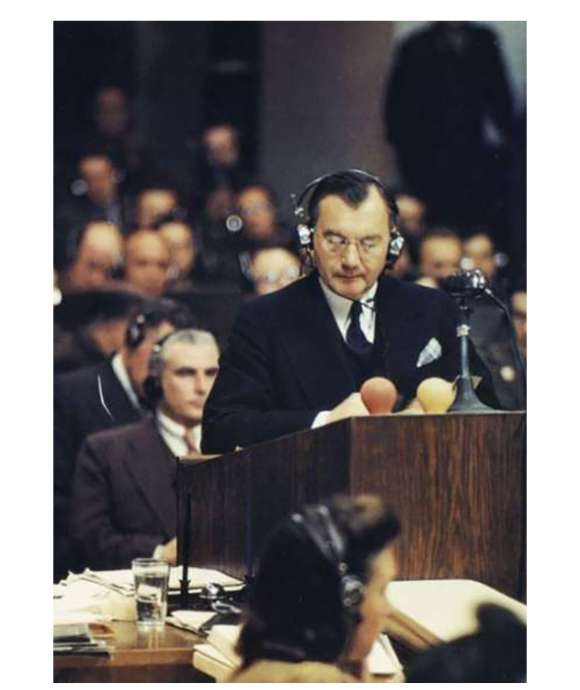
Justice Robert H. Jackson's Opening Statement at Nuremberg
Justice Robert H. Jackson’s opening statement at the Nuremberg Trials remains one of the most famous and influential oratories in the canon of international law and criminal jurisprudence.
This article is part of a series commemorating the 75th anniversary of the end of World War II made possible by the Department of Defense.
Tyler Bamford
Tyler Bamford was the Sherry and Alan Leventhal Research Fellow at the Institute for the Study of War and Democracy at The National WWII Museum from 2019-2021. He obtained his PhD in history from Temple University and his BA in history from Lafayette College.






